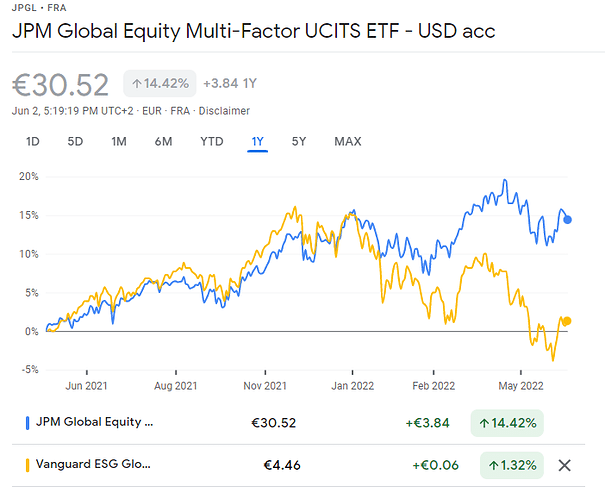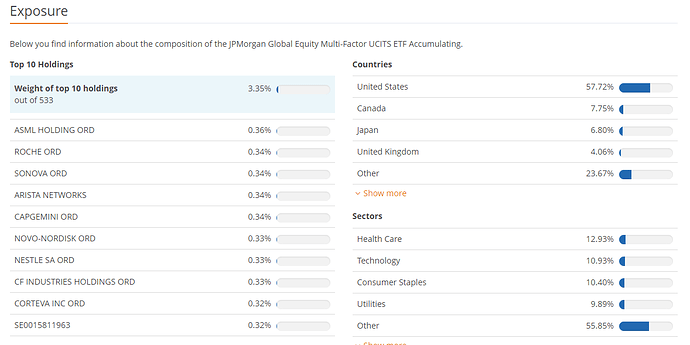…which generally wouldn’t matter anyway, as elevant ETFs or other funds aren’t domiciled in Switzerland. Rather in the U.S., Ireland or Luxembourg, maybe the U.K. So in effect, there would be no withholding tax when distributing to Swiss investors.
With regard to the source countries, they should, on average, be no worse than the average European ETF that holds U.S. stock:
Argentina: 7%
Brazil: 0%
China: 10%
Colombia: 7.5% (for profits taxed at corporate level)
India: 0%
Indonesia: 20%
Korea (ROK): 22%
Malaysia: 0%
Mexico: 10%
Nigeria: 10%
Pakistan: 15%
Philippines: 30%
Poland: 19%
Russia: 15%
South Africa: 20%
Taiwan: 21%
Thailand: 10%
Turkey: 15%
Vietnam: 0%
These are non-treaty rates, so rates higher than 15% would in most cases be reduced to 15% or less. Though as I understand, dividends wouldn’t actually be paid (and thus subject to withholding tax) for swapping ETFs.
Just looking at dividend withholding taxes, investing in U.S. equity seems worse in most cases, due to the 30% or 15% non-refundable part. And it remains to be seen whether we will still have relatively easy means of avoiding this through U.S.-domiciled funds, come 2020.
Last but not least, one should put into perspective the effect of withholding taxes on total returns. Many companies will retain (as least parts of) their earnings to reinvest anyway.


